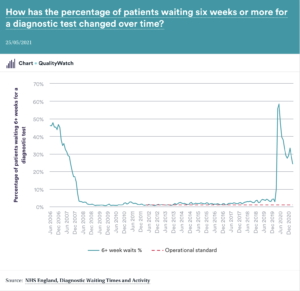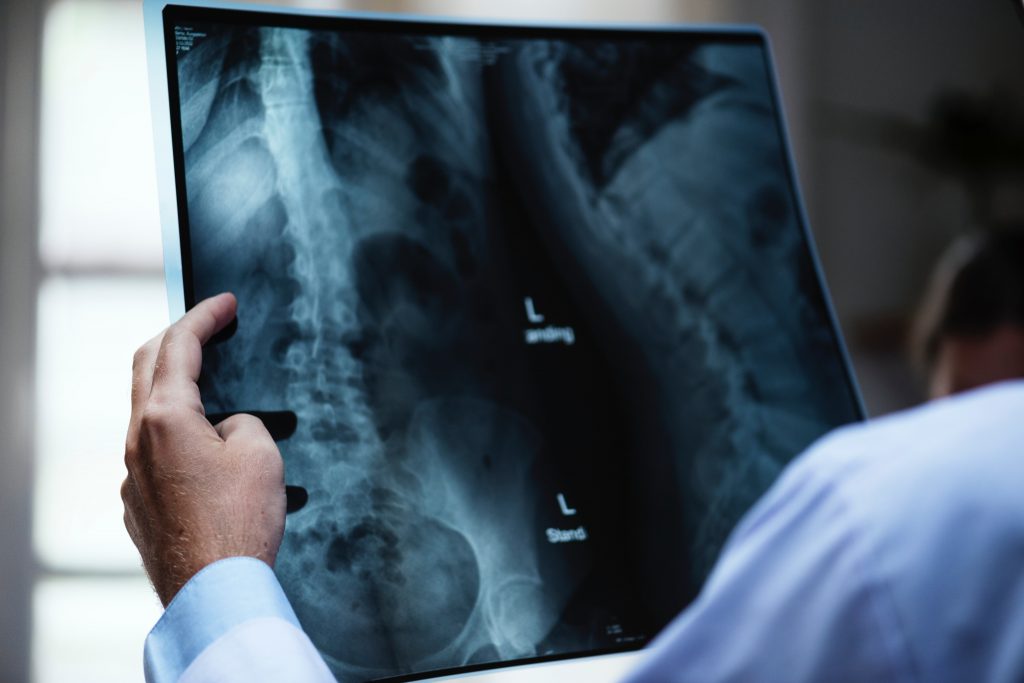Firms are being invited to bid to run 150 new community diagnostic facilities as part of £10bn NHS framework contract which has been advertised by NHS England.
Planning for these new facilities had been underway since before the pandemic, as part of a review conducted by Professor Mike Richards, but reports suggest that the scheme has been increased in size to help cope with the scale of diagnostic working that the NHS is now facing.
The review said community diagnostics hubs should be separate from acute settings, releasing pressure on hospitals and should provide a wide range of services including:
- Imaging capacity: including CT, MRI, ultrasound, plain X-ray;
- Cardiorespiratory capacity: including echocardiography, ECG and rhythm monitoring, spirometry and some lung function tests, support for sleep studies, blood pressure monitoring, oximetry, blood gas analysis;
- Pathology services: including phlebotomy;
- Endoscopy facilities; and
- Consulting and reporting rooms.
The offer to involve private providers was welcomed by the Healthcare Providers Network chief executive David Hare who told the HSJ “a mixed economy” of independent and NHS providers would likely be used for the new community hubs.
“The five-year timeframe should support private sector investment to deliver new services and add much-needed NHS diagnostic capacity,” he added.
This latest move will likely see a significant increase in commercial involvement, but as yet it is unclear how the new units will be built and staffed.
In May, NHS England gave NHS trusts seven options for setting up a diagnostics network, one of which is “outsourcing” of the entire network to a commercial partner, which is marked in its guidance as one of the only two “highly feasible” options, alongside “collaboration” between two or more NHS trusts. Therefore the overall situation across England is likely to be a mix of public and private, but this latest diagnostics contract is a further deepening of private sector involvement
Under capacity
NHS diagnostic services have been in need of reform and investment for many years and there has been an increasing reliance on expensive outsourcing, because of a lack of NHS capacity.
Demand is soaring, has been soaring in recent years. From 2014/15 to 2018/19 CT scanning increased 6.8% per year, MRI scanning was up 5.6% and PET-CT up 18.7% per year. There were also significant increases each year in other diagnostic procedures, including endoscopy.
Even before the pandemic the six week standard waiting time for a diagnostic procedure was being regularly breached.

NUFFIELD TRUST CHART
Lack of investment over the previous decade has led to the NHS in England lagging far behind the OECD averages for scanners (CT, MRI and PET-CT) per million population, ranking lowest among 23 countries for CT scanner provision and 19th out of 21 for MRI equipment.
Many NHS trusts have had to rely on charity efforts to buy large diagnostic equipment, such as MRI scanners.
Increasing diagnostics capacity is an integral part of the NHS long term plan and key to improving the detection of disease at an early stage which has been the one of the key reasons that survival rates in the NHS are lower for some cancers than in other parts of Europe.
Dear Reader,
If you like our content please support our campaigning journalism to protect health care for all.
Our goal is to inform people, hold our politicians to account and help to build change through evidence based ideas.
Everyone should have access to comprehensive healthcare, but our NHS needs support. You can help us to continue to counter bad policy, battle neglect of the NHS and correct dangerous mis-infomation.
Supporters of the NHS are crucial in sustaining our health service and with your help we will be able to engage more people in securing its future.
Please donate to help support our campaigning NHS research and journalism.


